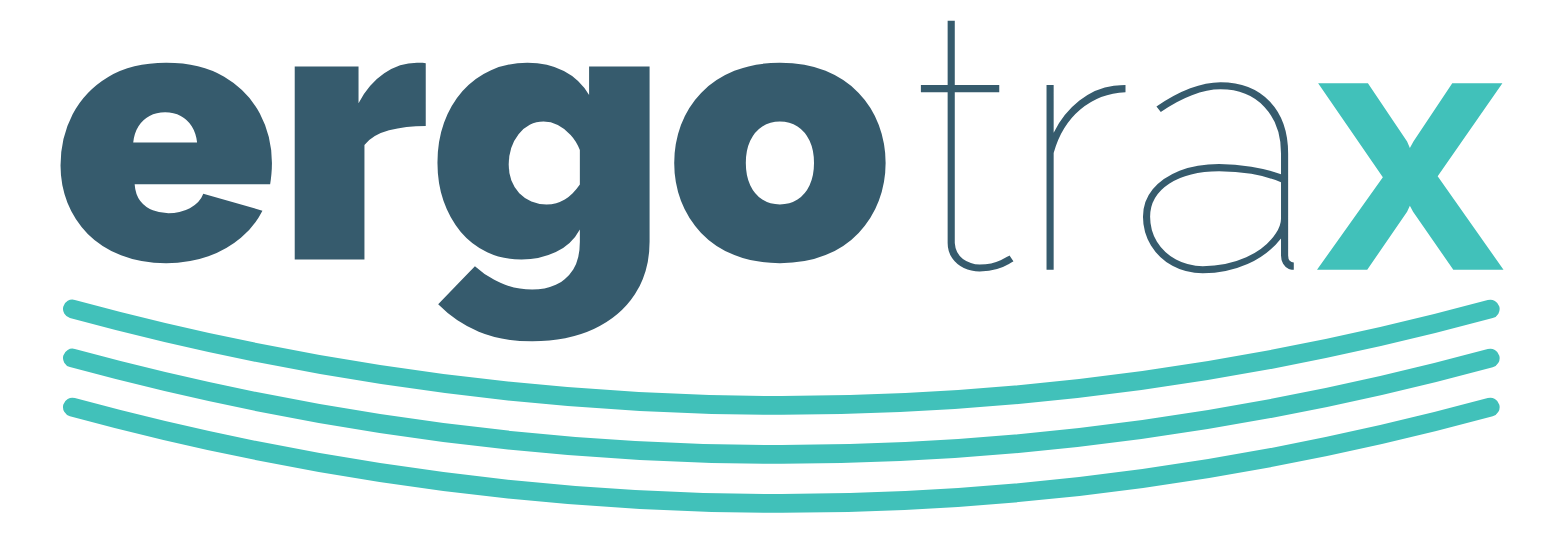rgonomics may sound complex, but at its foundation are three simple but powerful pillars: fit, function, and flow. These principles apply to almost every kind of work environment, from offices and classrooms to hospitals and factories.

The first pillar is fit—how well the workstation matches the worker. That means adjustable chairs and desks, yes, but also things like screen height, monitor distance, and hand tool size. A good ergonomic fit reduces awkward angles and unnecessary reach, which protects joints and muscles.
The second is function—how well the tools and processes support the task. Are items used frequently within easy reach? Are there too many steps for a simple job? Function-focused ergonomics helps eliminate inefficiencies and physical strain by improving the usability of spaces and equipment.
The final pillar is flow—the overall layout and movement within a space. Poor flow can create bottlenecks, clutter, or confusion. Good ergonomic flow ensures smooth transitions, logical positioning, and minimal wasted motion, which improves productivity and reduces mental and physical fatigue.
Understanding these three basics gives anyone a strong foundation to begin applying ergonomic thinking in their work and life. Whether you’re a manager, a health professional, or just setting up your home office—these principles will help you design spaces that feel better and work better.

Leave a Reply